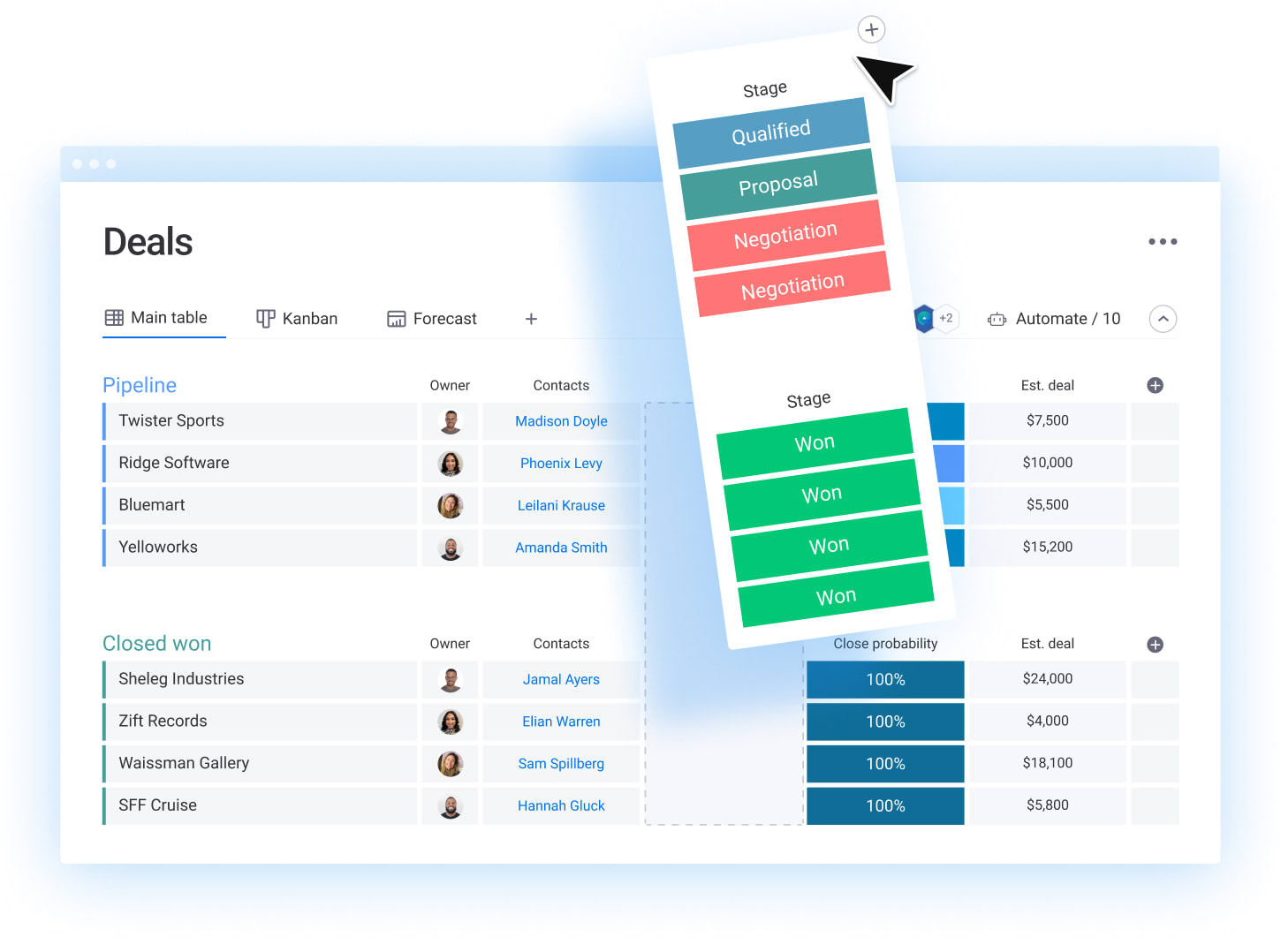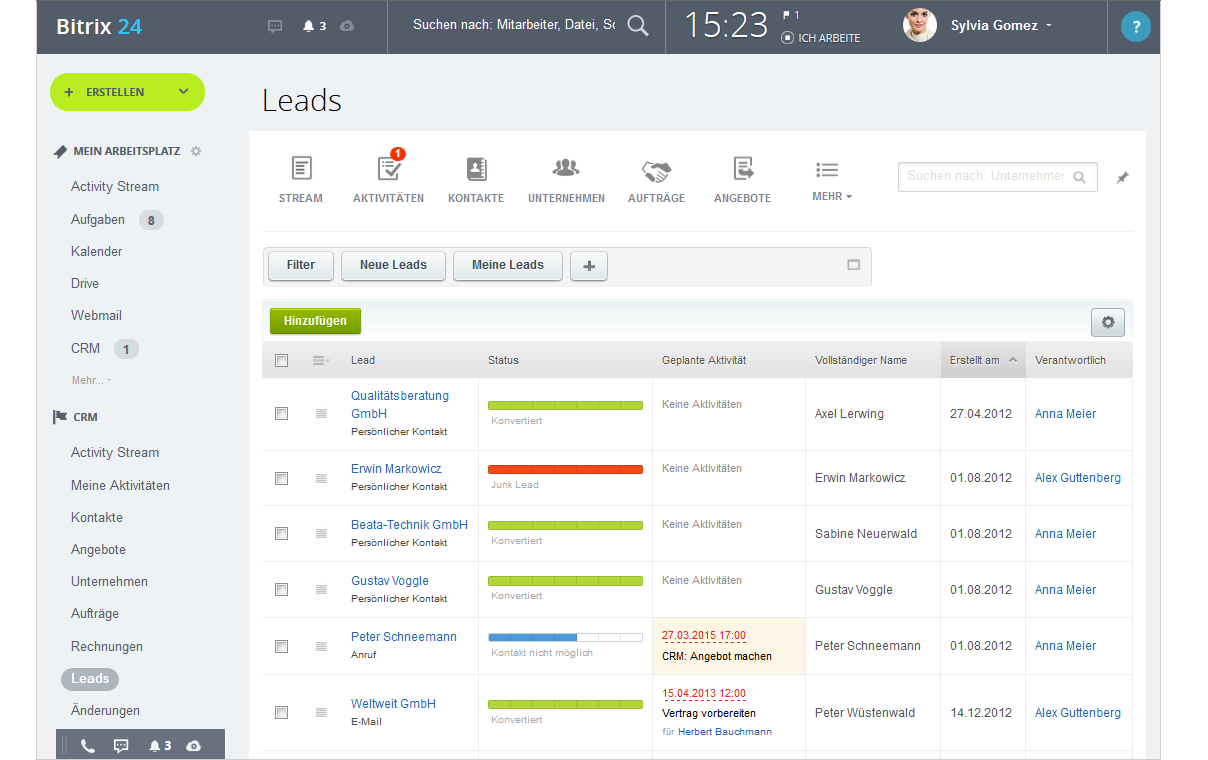Boosting Customer Retention with CRM: The Ultimate Guide to Marketing Success
In the ever-evolving landscape of business, retaining customers is no longer just a desirable outcome; it’s a critical component for long-term success. The cost of acquiring a new customer is significantly higher than the cost of retaining an existing one. This is where Customer Relationship Management (CRM) systems become indispensable. CRM isn’t just about managing customer data; it’s about building lasting relationships, understanding customer needs, and tailoring marketing efforts to maximize satisfaction and, ultimately, loyalty. This comprehensive guide delves deep into the world of CRM marketing and customer retention, providing actionable insights and strategies to help you transform your customer interactions and drive sustainable growth.
Understanding the Core Principles of CRM Marketing
At its heart, CRM marketing is a customer-centric approach that leverages technology and data to enhance customer experiences. It’s about moving beyond transactional interactions and fostering genuine connections. The key principles underpinning successful CRM marketing include:
- Customer-Centricity: Placing the customer at the center of all marketing activities. This involves understanding their needs, preferences, and behaviors.
- Data-Driven Decisions: Utilizing data analytics to inform marketing strategies and personalize customer interactions.
- Personalization: Tailoring marketing messages and offers to individual customer preferences and needs.
- Automation: Streamlining marketing processes through automation to improve efficiency and consistency.
- Relationship Building: Cultivating long-term relationships with customers through consistent communication and value-added interactions.
Implementing these principles requires a strategic approach and the right tools. A robust CRM system is the cornerstone of this strategy, providing a centralized platform for managing customer data, tracking interactions, and automating marketing workflows.
The Power of CRM in Enhancing Customer Retention
Customer retention is directly proportional to the effectiveness of your CRM strategy. A well-implemented CRM system empowers businesses to:
1. Improve Customer Understanding
A CRM system acts as a central repository for all customer-related information. This includes contact details, purchase history, communication logs, and preferences. By analyzing this data, businesses can gain a deeper understanding of their customers, including their needs, behaviors, and pain points. This understanding is crucial for developing targeted marketing campaigns and providing personalized customer service.
2. Personalize Customer Interactions
Personalization is a key driver of customer satisfaction and loyalty. CRM systems enable businesses to personalize interactions across various touchpoints, including email, social media, and website. This can involve:
- Sending personalized email campaigns based on customer purchase history and preferences.
- Offering tailored product recommendations based on browsing behavior.
- Providing proactive customer service based on past interactions.
Personalized experiences make customers feel valued and understood, leading to increased engagement and loyalty.
3. Automate Marketing Processes
Automation is a game-changer for marketing efficiency. CRM systems allow businesses to automate a wide range of marketing tasks, including:
- Lead nurturing: Automatically sending targeted emails to prospects based on their stage in the sales funnel.
- Workflow automation: Automating repetitive tasks, such as data entry and follow-up communications.
- Triggered emails: Sending automated emails based on specific customer actions, such as abandoned cart reminders or order confirmations.
Automation frees up marketing teams to focus on more strategic initiatives, such as campaign development and customer relationship building.
4. Provide Proactive Customer Service
CRM systems provide valuable insights into customer interactions, enabling businesses to provide proactive customer service. This can include:
- Identifying customers who are at risk of churning and reaching out to address their concerns.
- Providing personalized support based on past interactions and preferences.
- Anticipating customer needs and offering solutions before they even ask.
Proactive customer service demonstrates a commitment to customer satisfaction and helps build strong relationships.
5. Measure and Analyze Performance
CRM systems provide comprehensive reporting and analytics capabilities, allowing businesses to track the effectiveness of their marketing efforts and customer retention strategies. This includes:
- Tracking key metrics, such as customer acquisition cost, customer lifetime value, and churn rate.
- Analyzing customer behavior and identifying trends.
- Measuring the ROI of marketing campaigns.
Data-driven insights enable businesses to optimize their marketing strategies and improve customer retention rates.
Key CRM Marketing Strategies for Customer Retention
Implementing a successful CRM marketing strategy requires a well-defined approach. Here are some key strategies to consider:
1. Segmentation and Targeting
Customer segmentation involves dividing your customer base into distinct groups based on shared characteristics, such as demographics, purchase history, and behavior. This allows you to tailor your marketing messages and offers to specific customer segments, increasing the likelihood of engagement and conversions. Targeting involves identifying the most valuable customer segments and focusing your marketing efforts on them.
2. Personalized Email Marketing
Email marketing remains a powerful tool for customer retention. Personalized email campaigns can be highly effective in driving engagement and loyalty. This can involve:
- Sending personalized product recommendations based on past purchases.
- Offering exclusive discounts and promotions to loyal customers.
- Sending birthday greetings and other personalized messages.
Personalized email marketing demonstrates that you value your customers and understand their needs.
3. Loyalty Programs
Loyalty programs incentivize customers to continue doing business with you. These programs can offer various rewards, such as discounts, exclusive access to products or services, and early access to sales. A well-designed loyalty program can significantly increase customer retention rates.
4. Customer Feedback and Surveys
Gathering customer feedback is essential for understanding their needs and preferences. Surveys, feedback forms, and social media monitoring can provide valuable insights into customer satisfaction and identify areas for improvement. Actively soliciting and responding to customer feedback demonstrates that you value their opinions and are committed to providing a positive customer experience.
5. Proactive Customer Service and Support
Provide excellent customer service and support at every touchpoint. This includes:
- Offering multiple channels for customer support, such as phone, email, and live chat.
- Responding to customer inquiries and complaints promptly and efficiently.
- Empowering your customer service team to resolve issues quickly.
Proactive customer service can turn dissatisfied customers into loyal advocates.
6. Social Media Engagement
Social media is a powerful platform for engaging with customers and building relationships. Use social media to:
- Share valuable content and updates.
- Respond to customer inquiries and comments.
- Run contests and promotions.
- Build a community around your brand.
Social media engagement can increase brand awareness, drive traffic to your website, and foster customer loyalty.
7. Consistent Communication
Maintain consistent communication with your customers through email newsletters, blog posts, and social media updates. Keep them informed about new products, services, and promotions. Consistent communication helps keep your brand top-of-mind and strengthens customer relationships.
Choosing the Right CRM System
Selecting the right CRM system is crucial for the success of your CRM marketing efforts. Consider the following factors when choosing a CRM system:
- Features: Ensure the CRM system offers the features you need, such as contact management, sales automation, marketing automation, and reporting.
- Scalability: Choose a CRM system that can scale to accommodate your business growth.
- Integration: Ensure the CRM system integrates with your existing tools and systems, such as your website, email marketing platform, and accounting software.
- Ease of use: Choose a CRM system that is easy to use and navigate.
- Cost: Consider the cost of the CRM system, including the initial setup fees and ongoing subscription costs.
- Support: Ensure the CRM vendor provides adequate support and training.
Popular CRM systems include Salesforce, HubSpot CRM, Zoho CRM, and Microsoft Dynamics 365.
Implementing CRM for Maximum Customer Retention
Implementing a CRM system is a process that requires careful planning and execution. Here are the key steps to take:
1. Define Your Goals
Before implementing a CRM system, define your goals and objectives. What do you want to achieve with your CRM system? Are you looking to increase customer retention, improve sales efficiency, or enhance customer service? Defining your goals will help you choose the right CRM system and develop a successful implementation strategy.
2. Choose the Right CRM System
As mentioned earlier, choosing the right CRM system is crucial. Evaluate different CRM systems based on your specific needs and requirements. Consider factors such as features, scalability, integration, ease of use, cost, and support.
3. Migrate Your Data
Migrating your existing customer data to the new CRM system is a critical step. Ensure your data is accurate, complete, and up-to-date. Clean up your data before migrating it to avoid any issues. Consider using a data migration tool to simplify the process.
4. Customize Your CRM System
Customize your CRM system to meet your specific business needs. Configure the system to track the data that is most important to your business. Customize the system’s workflows and automation features to streamline your marketing and sales processes.
5. Train Your Team
Provide adequate training to your team on how to use the new CRM system. Ensure they understand the system’s features and how to use them effectively. Provide ongoing training and support to help them stay up-to-date on the latest features and best practices.
6. Monitor and Optimize
Continuously monitor your CRM system’s performance and make adjustments as needed. Track key metrics, such as customer retention rate, customer lifetime value, and churn rate. Analyze the data to identify areas for improvement. Optimize your CRM system’s workflows and automation features to improve efficiency and effectiveness.
Measuring the ROI of CRM Marketing for Customer Retention
Measuring the return on investment (ROI) of your CRM marketing efforts is essential for demonstrating the value of your CRM system. Here are some key metrics to track:
- Customer Retention Rate: The percentage of customers who remain customers over a specific period.
- Customer Lifetime Value (CLTV): The predicted revenue a customer will generate over their relationship with your business.
- Churn Rate: The percentage of customers who stop doing business with you over a specific period.
- Customer Acquisition Cost (CAC): The cost of acquiring a new customer.
- Net Promoter Score (NPS): A measure of customer loyalty and satisfaction.
- Customer Satisfaction (CSAT): A measure of customer satisfaction with your products or services.
By tracking these metrics, you can assess the effectiveness of your CRM marketing efforts and identify areas for improvement. Analyzing your data will allow you to make data-driven decisions and optimize your customer retention strategies.
Challenges and How to Overcome Them
While CRM systems offer numerous benefits, there are also challenges associated with their implementation and use. Here are some common challenges and how to overcome them:
1. Data Quality
Poor data quality can undermine the effectiveness of your CRM system. To overcome this challenge:
- Implement data validation rules to ensure data accuracy.
- Regularly clean and update your data.
- Train your team on proper data entry practices.
2. User Adoption
If your team doesn’t adopt the CRM system, it won’t be effective. To overcome this challenge:
- Provide adequate training and support.
- Demonstrate the value of the CRM system to your team.
- Get buy-in from your team and involve them in the implementation process.
3. Integration Issues
Integration issues can prevent your CRM system from working seamlessly with your other tools and systems. To overcome this challenge:
- Choose a CRM system that integrates with your existing tools and systems.
- Test the integrations thoroughly.
- Seek help from the CRM vendor or a third-party integration specialist.
4. Lack of Strategy
Without a clear strategy, your CRM system may not be effective. To overcome this challenge:
- Define your goals and objectives.
- Develop a well-defined CRM marketing strategy.
- Regularly review and update your strategy.
5. Over-Reliance on Automation
While automation is beneficial, over-reliance on it can lead to impersonal interactions. To overcome this challenge:
- Balance automation with personal interactions.
- Use automation to streamline processes, not to replace human interaction.
- Monitor your automated campaigns and make adjustments as needed.
The Future of CRM in Customer Retention
The landscape of CRM and customer retention is continuously evolving. Several trends are shaping the future of CRM:
- Artificial Intelligence (AI): AI is being used to personalize customer interactions, automate marketing tasks, and provide proactive customer service.
- Machine Learning (ML): ML is being used to predict customer behavior, identify churn risk, and optimize marketing campaigns.
- Mobile CRM: Mobile CRM allows businesses to access customer data and manage customer interactions on the go.
- Social CRM: Social CRM integrates social media data into the CRM system, enabling businesses to engage with customers on social media.
- Customer Data Platforms (CDPs): CDPs are used to collect and manage customer data from various sources, providing a unified view of the customer.
Businesses that embrace these trends will be well-positioned to enhance their customer retention efforts and drive sustainable growth.
Conclusion: The Path to Lasting Customer Loyalty with CRM
In conclusion, CRM marketing is an indispensable approach for businesses seeking to enhance customer retention and achieve sustainable growth. By leveraging the power of CRM systems, businesses can gain a deeper understanding of their customers, personalize interactions, automate marketing processes, and provide proactive customer service. The implementation of a well-defined CRM strategy, coupled with the right tools and a customer-centric mindset, can transform customer relationships and drive lasting loyalty. As the business landscape continues to evolve, embracing the latest trends in CRM and customer retention will be crucial for staying ahead of the curve and achieving long-term success. By focusing on building genuine connections and providing exceptional customer experiences, businesses can forge strong relationships with their customers and create a loyal customer base that fuels growth and prosperity.


